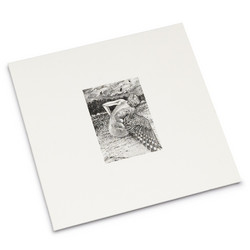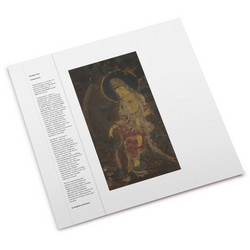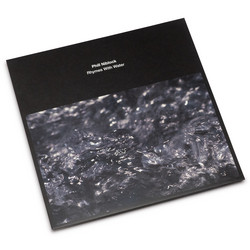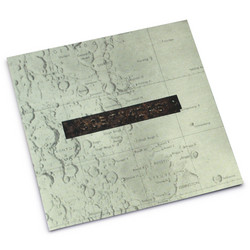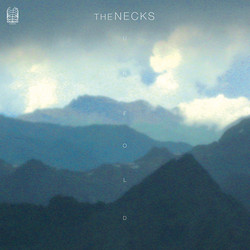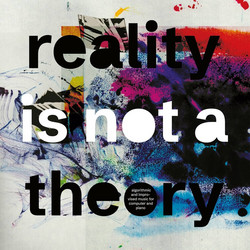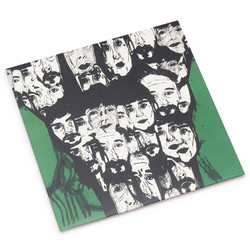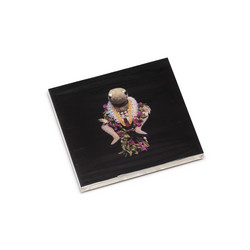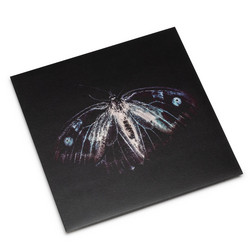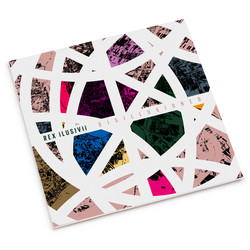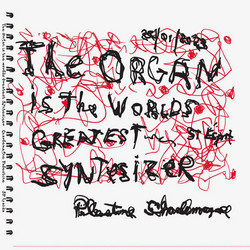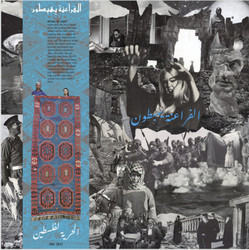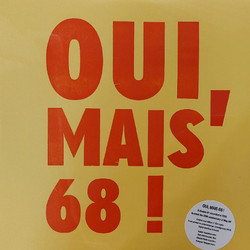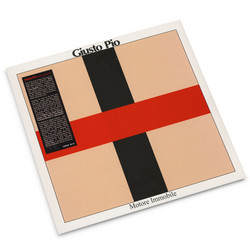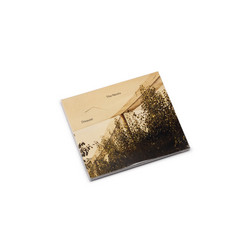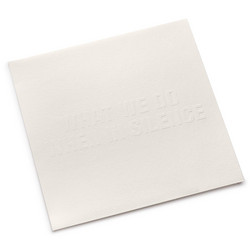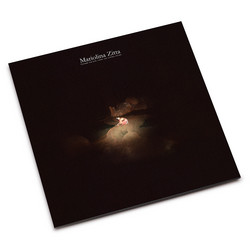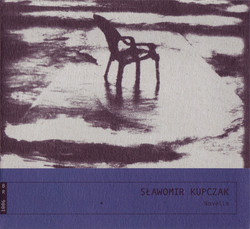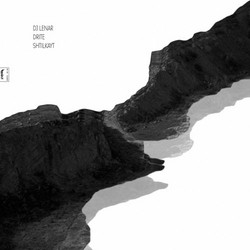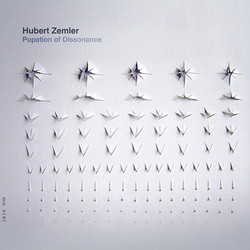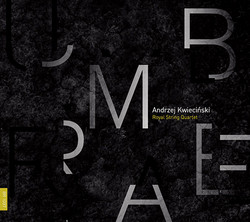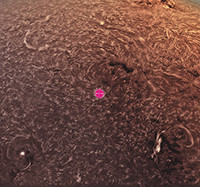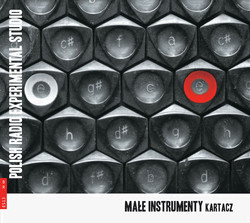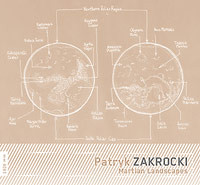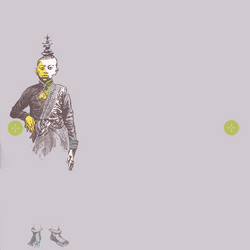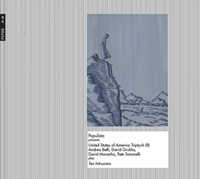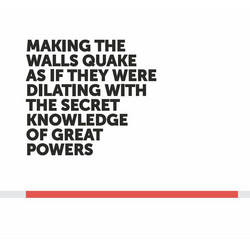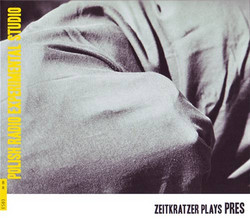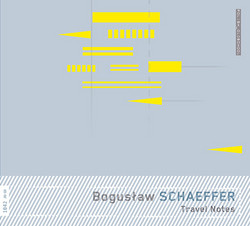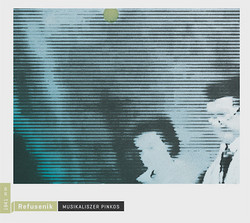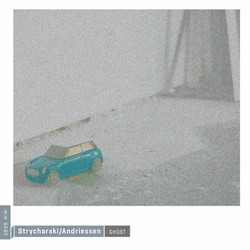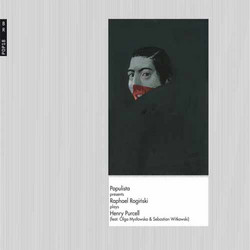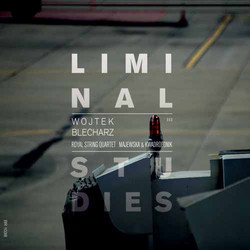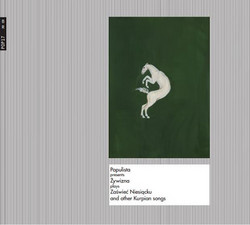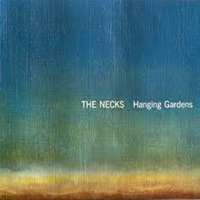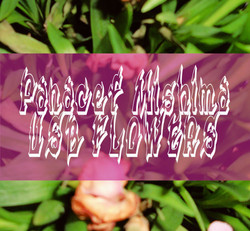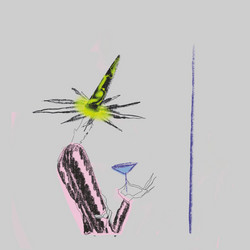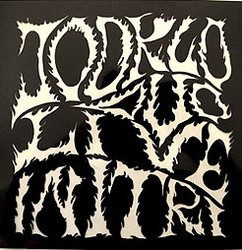'Forte e piano' is one of Serocki's lesser known and acclaimed works, while 'Pianophonie' is considered his greatest masterpiece. However, it's worth remembering that 'Forte a piano' and 'Pianophonie' are interrelated. It's difficult to imagine the latter without the former. Serocki was born in Torun. He studied composition with Kazimierz Sikorski and piano with Stanislaw Szpinalski at the State Higher School of Music in Lódz and graduated in 1946. He continued in Paris, studying composition with Nadia Boulanger and piano with Lazare Lévy, before graduating in 1947-1948. Between 1946 and 1951 he performed many times as a concert pianist in Poland and abroad, but for the rest of his career, he was focused exclusively on composition. Serocki's output is concentrated in two main spheres: orchestral music and vocal-instrumental pieces to Polish texts selected with fine discrimination. Serocki was one of the founders, along with Tadeusz Baird, of the Warsaw Autumn international contemporary music festival. Together with Tadeusz Baird and Jan Krenz he formed the composers' group Group 49. He was vice-president of the central administration of the Polish Composers' Union from 1954 to 1955. He received a number of Polish and foreign awards, including several State Prizes, among them one in 1952 for his music to the film Young Chopin. He also received a prize at the UNESCO competition in 1959, for the Sinfonietta and the award of the Minister of Culture and Fine Arts in 1963 for the whole of his work. He died, aged 58, in Warsaw.

